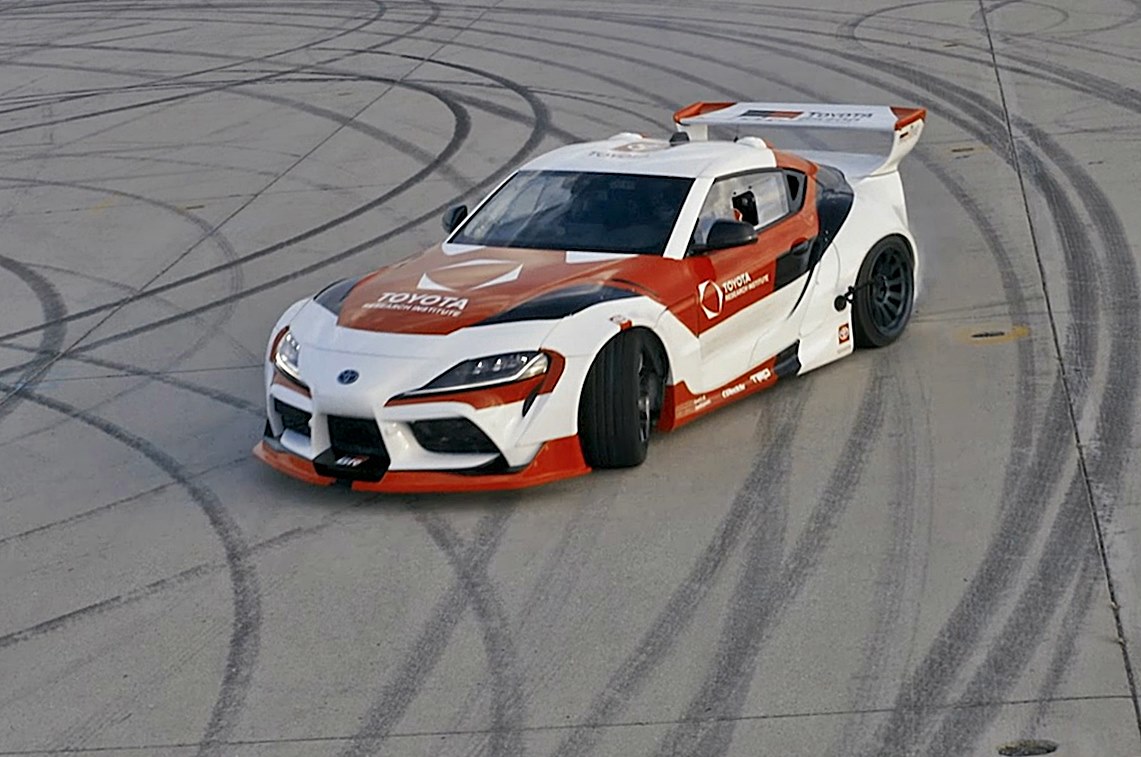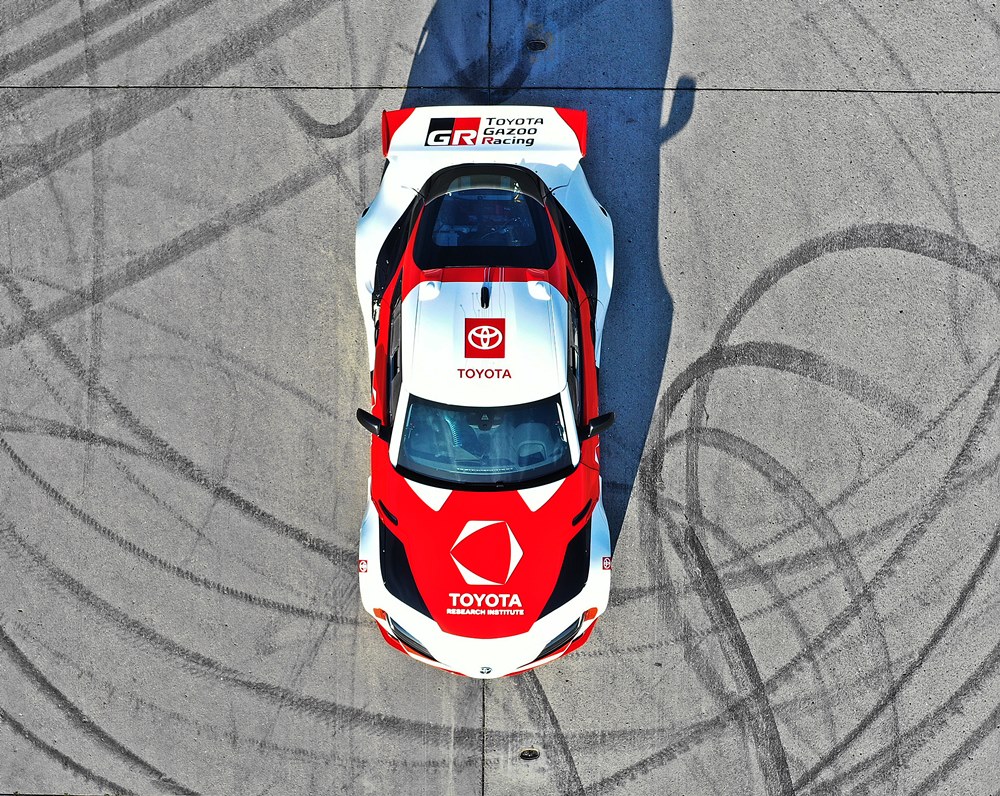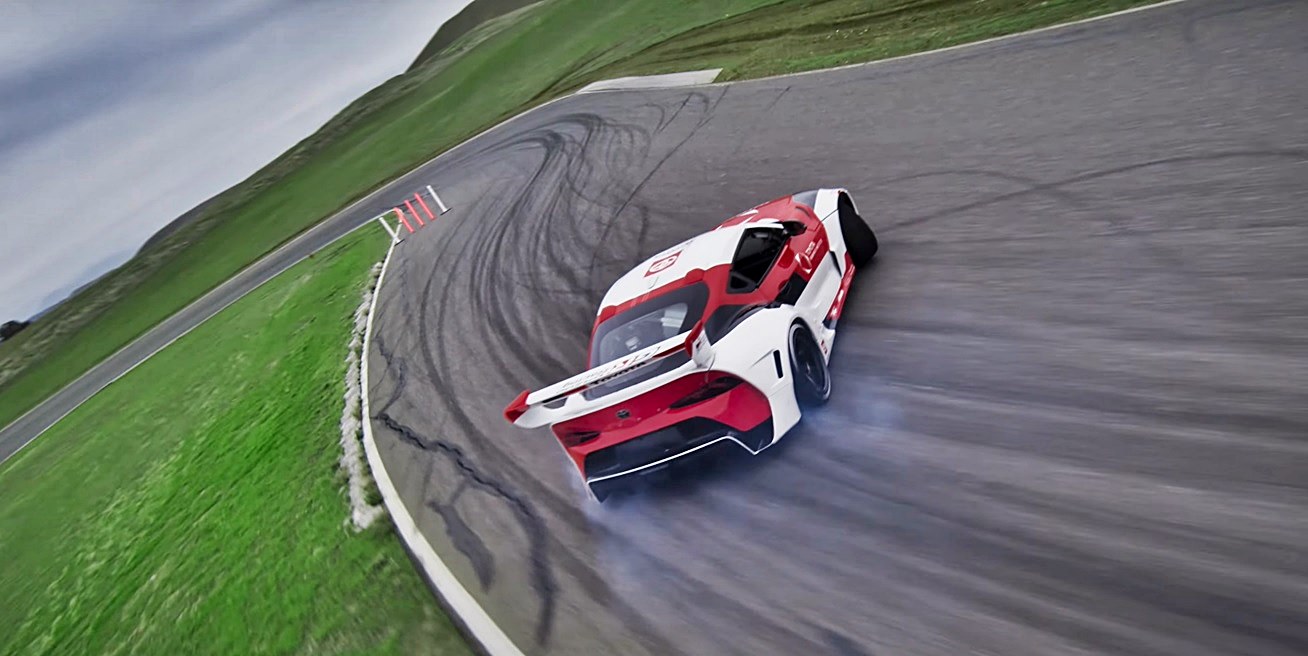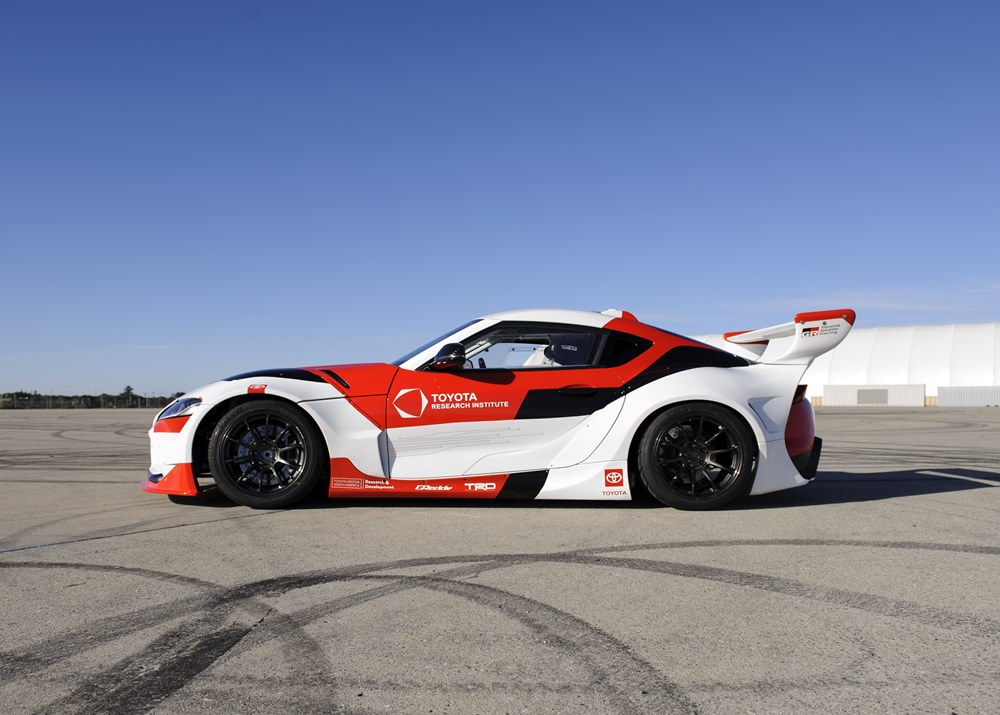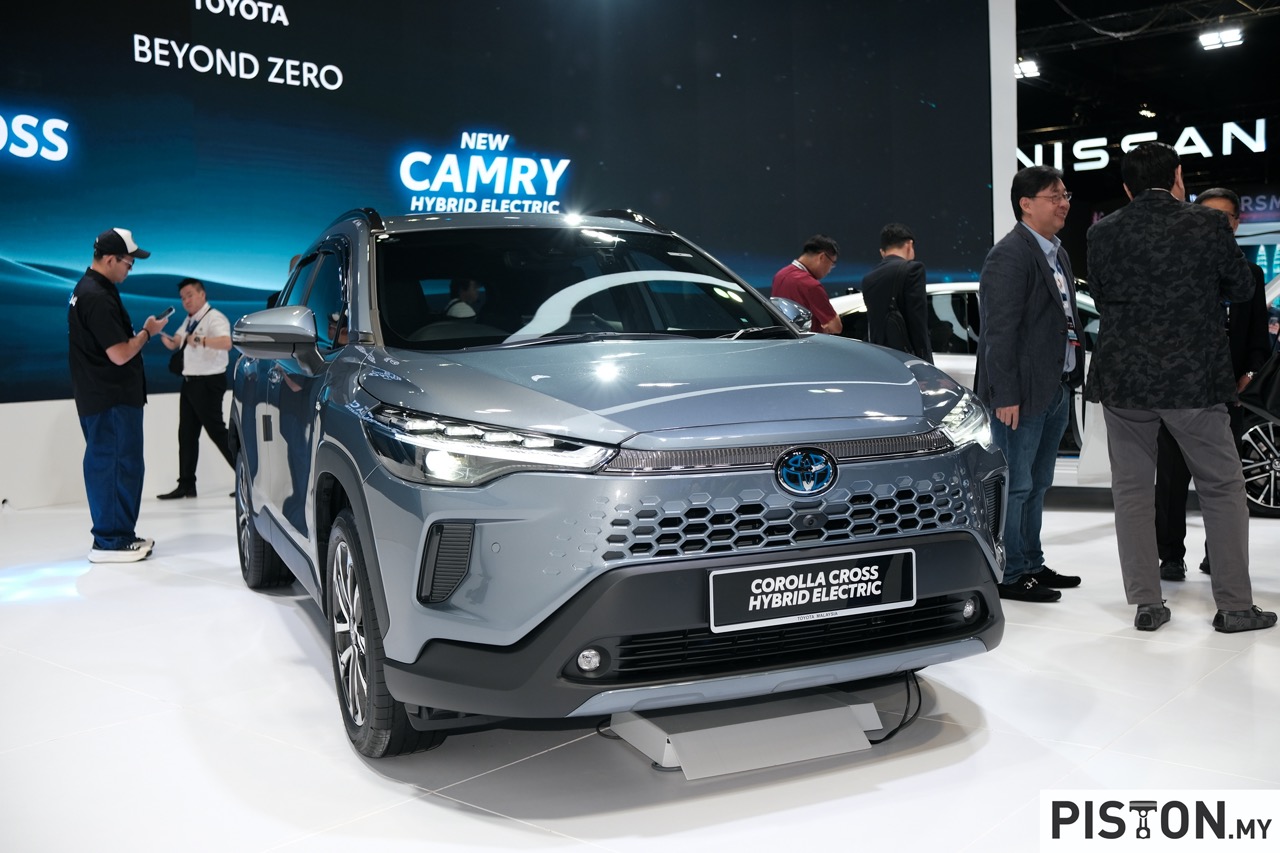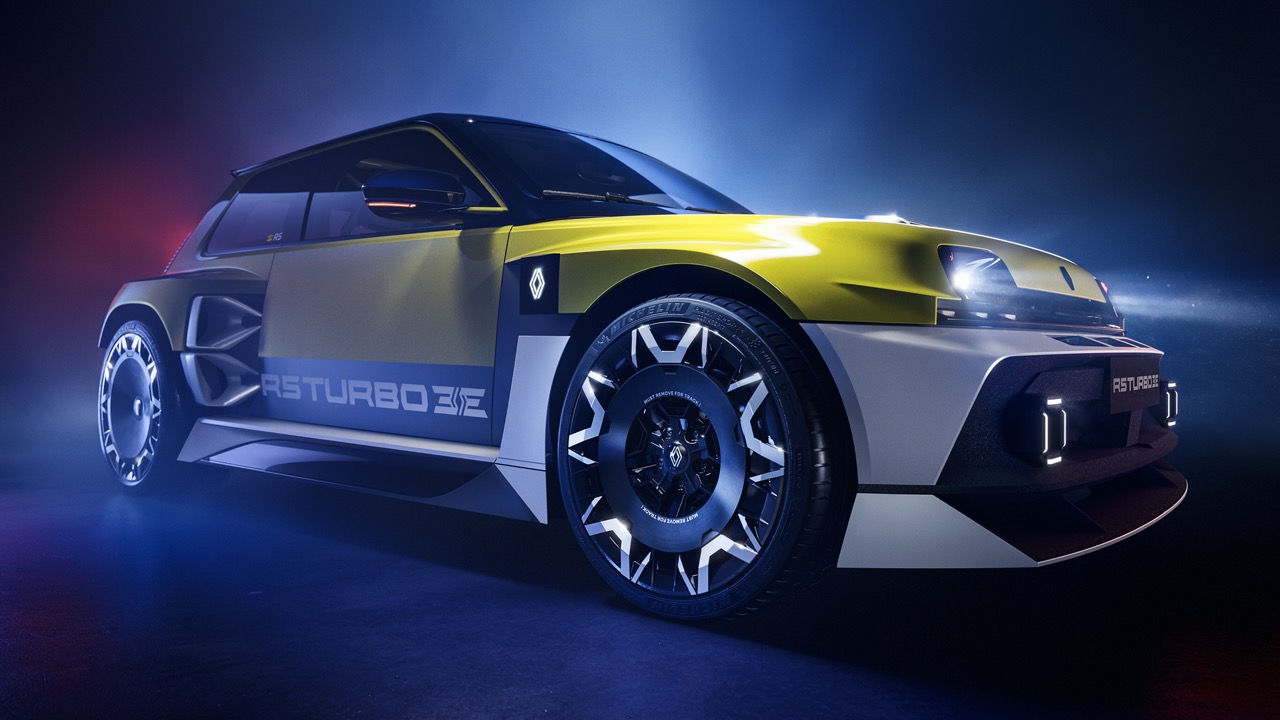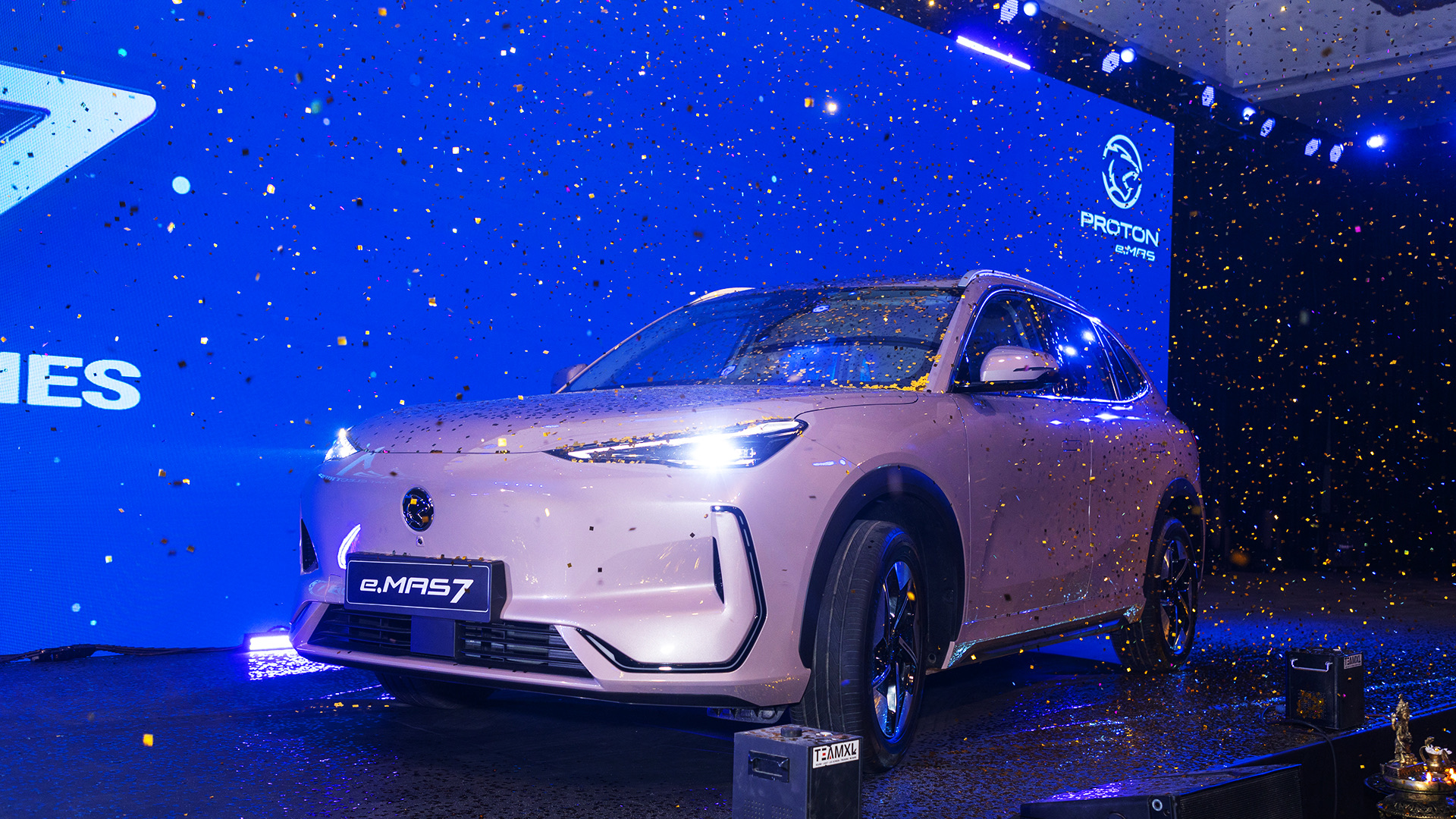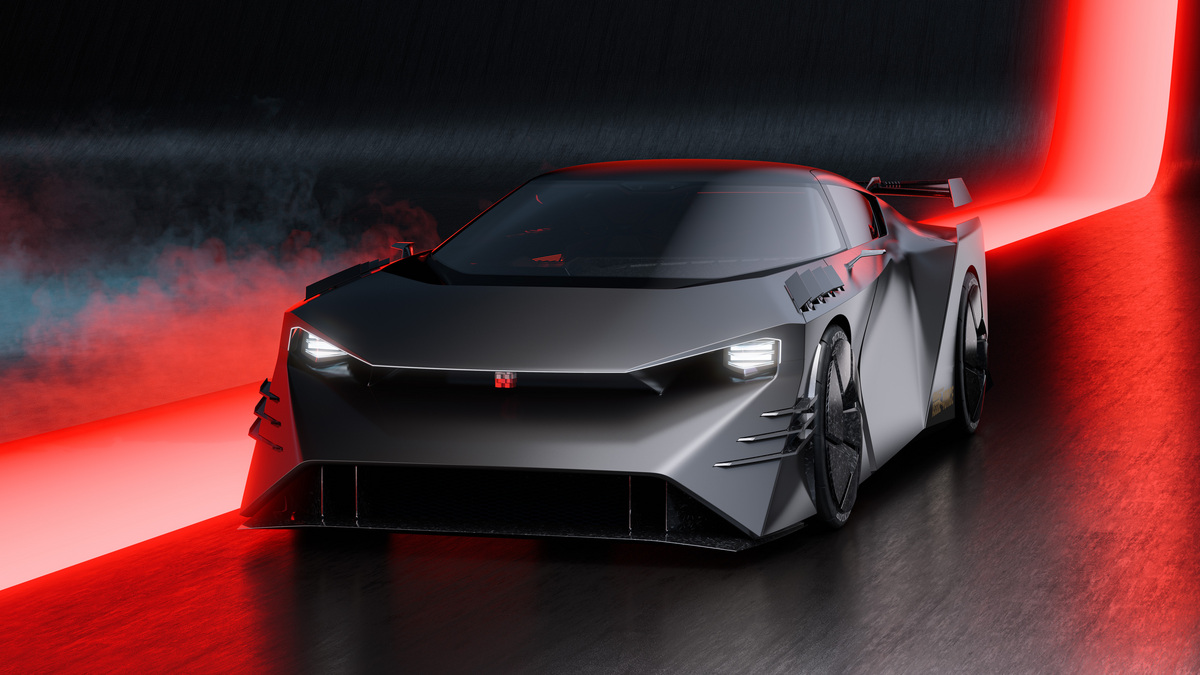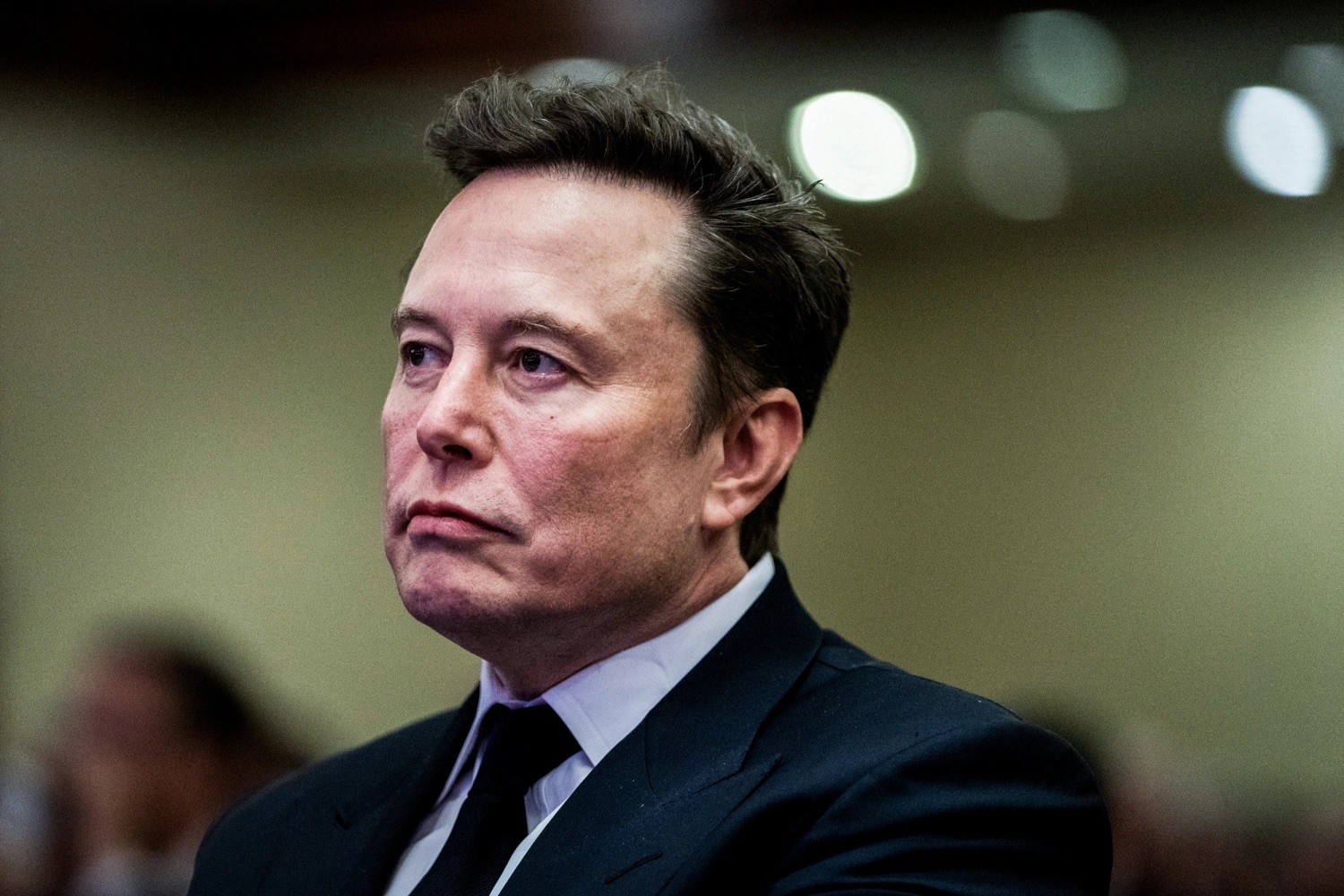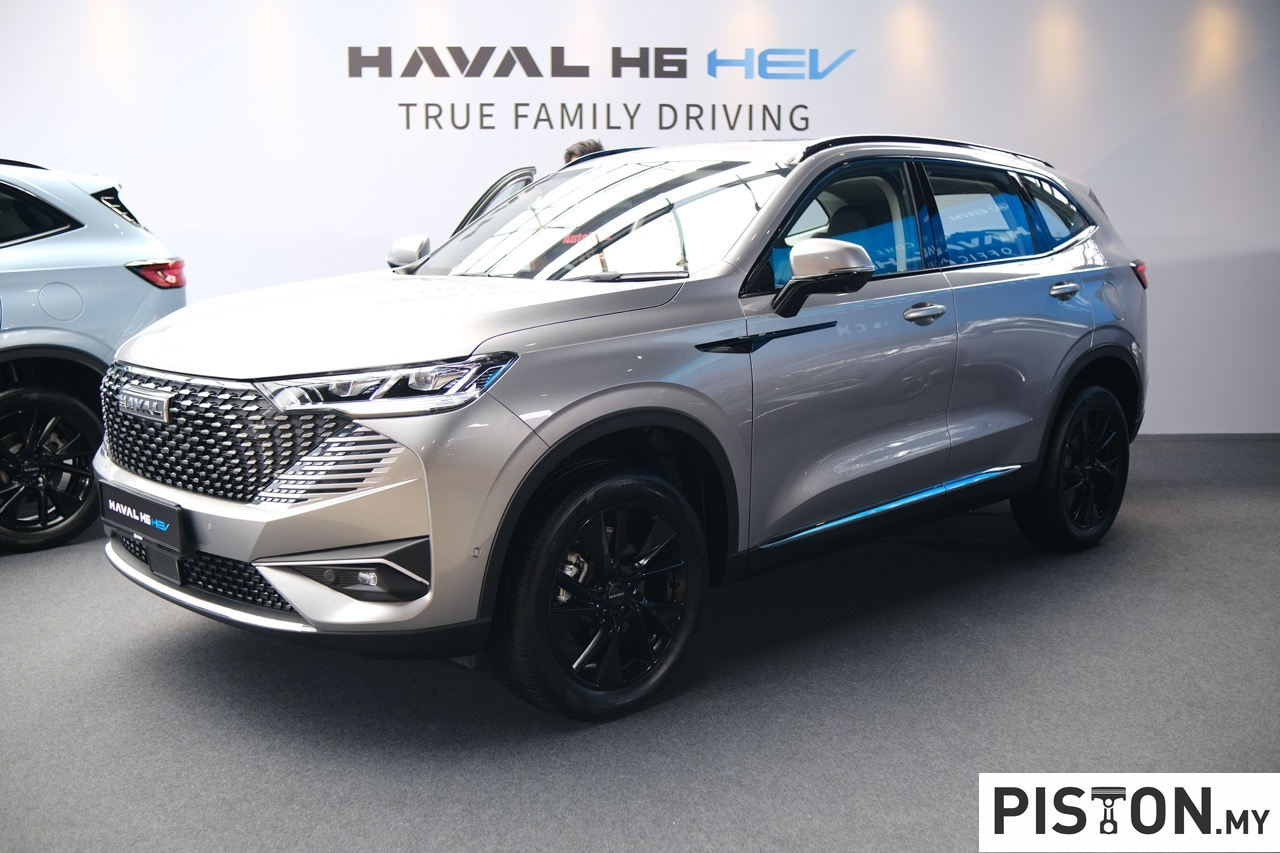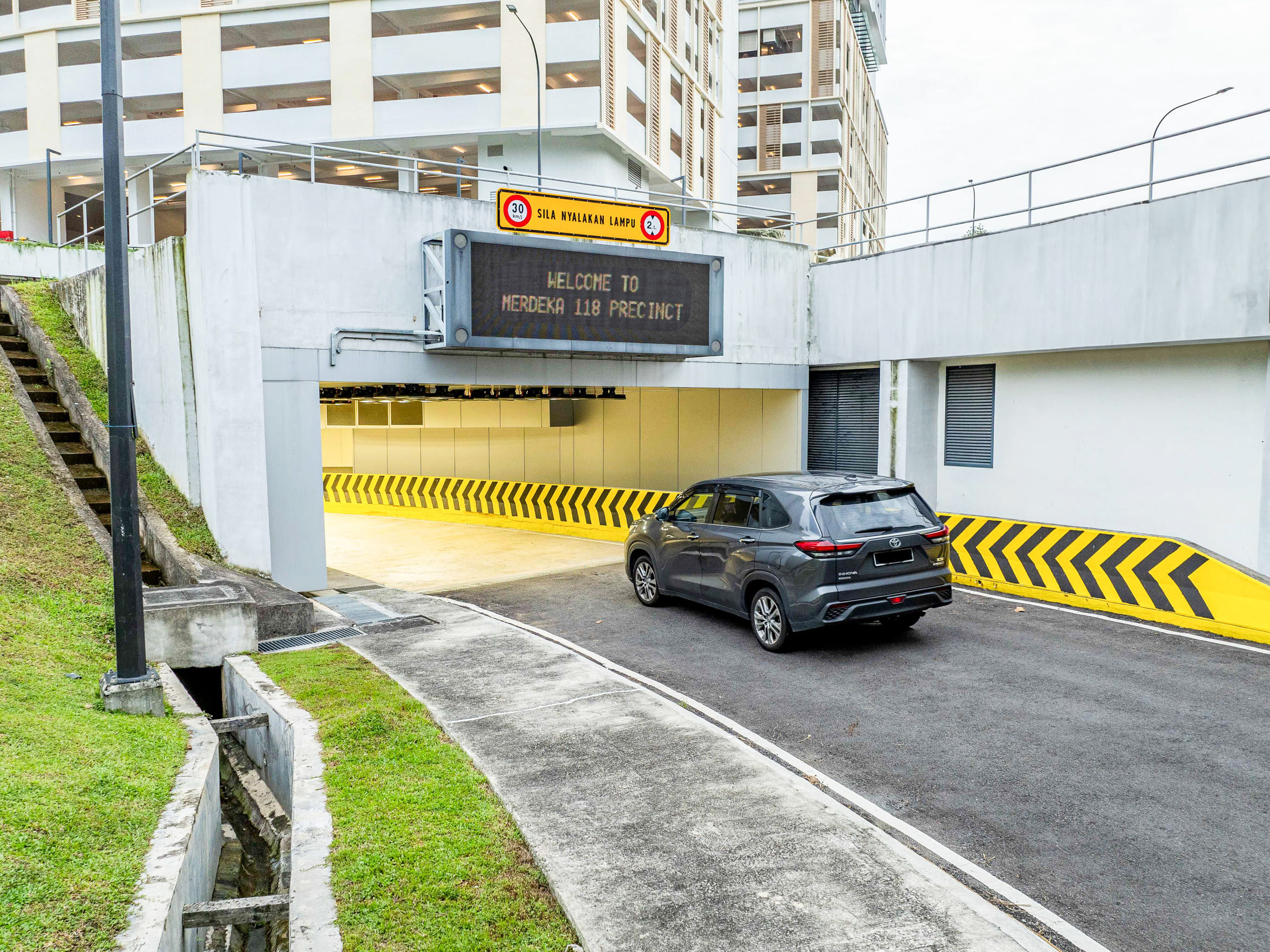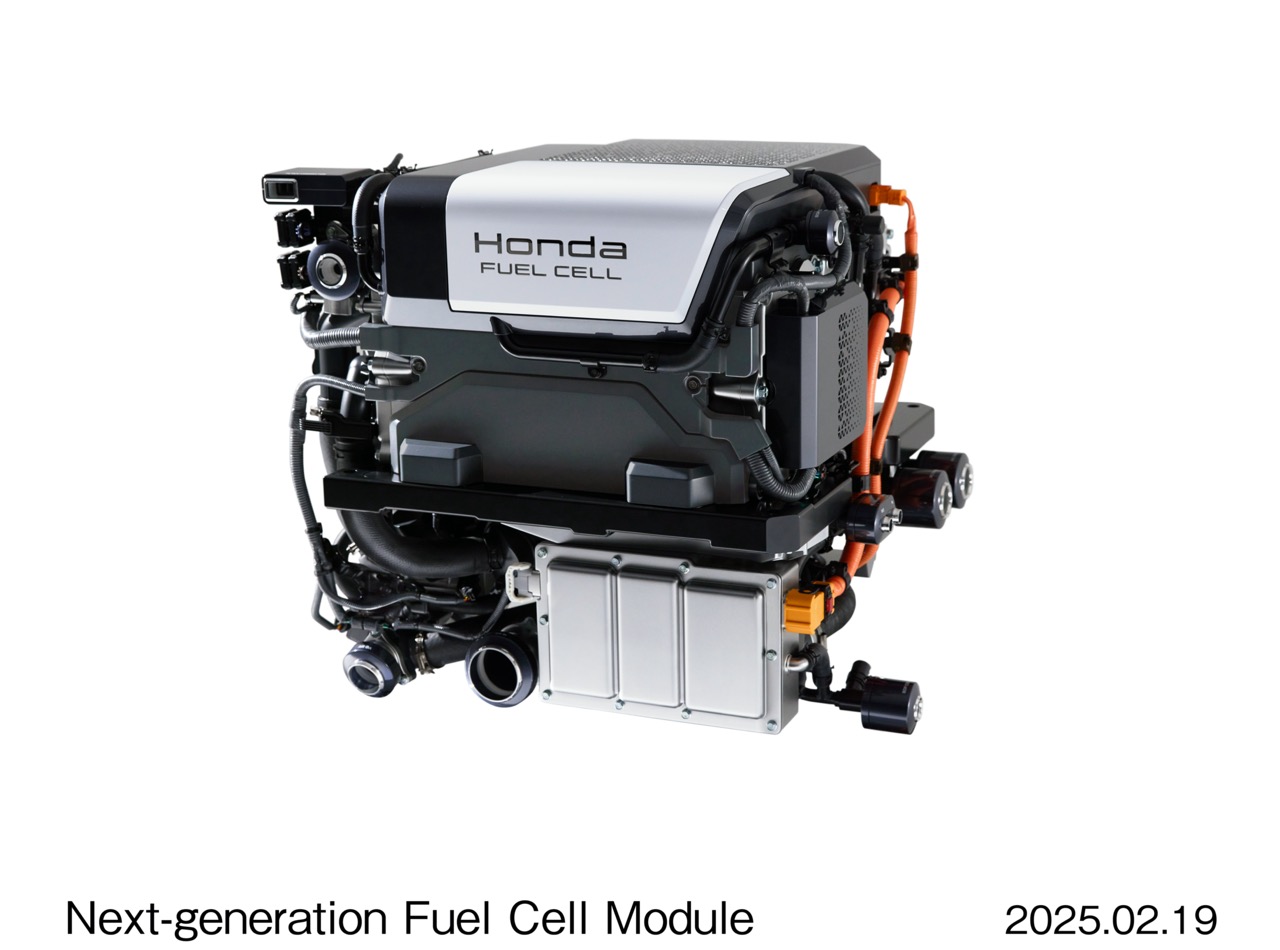With autonomous cars on the horizon and the involvement of humans in actually driving becoming unnecessary, dramatic driving manoeuvres like cars sliding sideways or doing handbrake turns may become a ‘lost art’. In fact, such manoeuvres would not be done as the supercomputer ‘driver’ would deem them dangerous and its job would be to avoid such things.
This doesn’t mean that the computer isn’t capable of such dramatic actions and the Toyota Research Institute (TRI) in America has demonstrated in a world first. As shown in the video, a sportscar drifts on a closed track and while there is someone inside, he is not actually controlling its movements. Combining a deep knowledge of both vehicle dynamics and control design, TRI’s Nonlinear Model Predictive Control (NMPC) approach extends the vehicle’s operational domain to the very limits of its performance.
Not a frivolous exercise
While the demonstration is impressive, it was not just a frivolous exercise and the idea behind it programming controlled, autonomous drifting is to ‘teach’ the computer how to avoid accidents by navigating around sudden obstacles or on very slippery road conditions.
“At TRI, our goal is to use advanced technologies that augment and amplify humans, not replace them,” said Avinash Balachandran, Senior Manager of TRI’s Human Centric Driving Research. “Through this project, we are expanding the region in which a car is controllable, with the goal of giving regular drivers the instinctual reflexes of a professional race car driver to be able to handle the most challenging emergencies and keep people safer on the road.”
‘Skills’ comparable to expert drivers
One year ago, TRI and the Dynamic Design Lab at Stanford University set out to design a new level of active safety to help avoid crashes and prevent injuries and fatalities. With the support of automotive performance specialist GReddy and drift legend Ken Gushi, this latest achievement is another step in that journey. By building skills comparable to an expert driver, this technology can amplify and augment a regular driver’s ability to respond to dangerous and extreme situations, helping keep people safe on the road.
“When faced with wet or slippery roads, professional drivers may choose to ‘drift’ the car through a turn, but most of us are not professional drivers,” said Jonathan Goh, a TRI Research Scientist. “That’s why TRI is programming vehicles that can identify obstacles and autonomously drift around obstacles on a closed track.”
This achievement brings TRI researchers closer to understanding the full spectrum of vehicle performance. The software advances announced today calculate a whole new trajectory every twentieth of a second to balance the car gracefully as it goes around the track.
NMPC explained
Combining the vehicle dynamics and control design insights from drifting-specific approaches with the generalized framework of NMPC yields a control scheme that extends the vehicle’s operational domain beyond the point of tyre saturation. This allows the vehicle to drive beyond the notions of traditional open loop stability to where the vehicle is skidding but still controllable due to closed loop driving control.
The NMPC controller can smoothly transition from dynamic, non-equilibrium drifting to grip driving, while accounting for multiple objectives including road bounds. This approach was tested on a Toyota Supra that has been specially customized for autonomous driving research. It is equipped with computer-controlled steering, throttle, clutch displacement, sequential transmission, and individual wheel braking. Vehicle state information is obtained from a dual-antenna RTK-GNSS-aided INS system at a rate of 250Hz, and the NMPC controller runs on an x86 computer.
For the purposes of data collection with expert drivers in a controlled environment, the suspension, engine, transmission, chassis and safety systems (eg roll cage, fire suppression) were modified to be similar to that used in Formula Drift competitions.
Teaching autonomous vehicles to recognise the behaviour of human drivers




